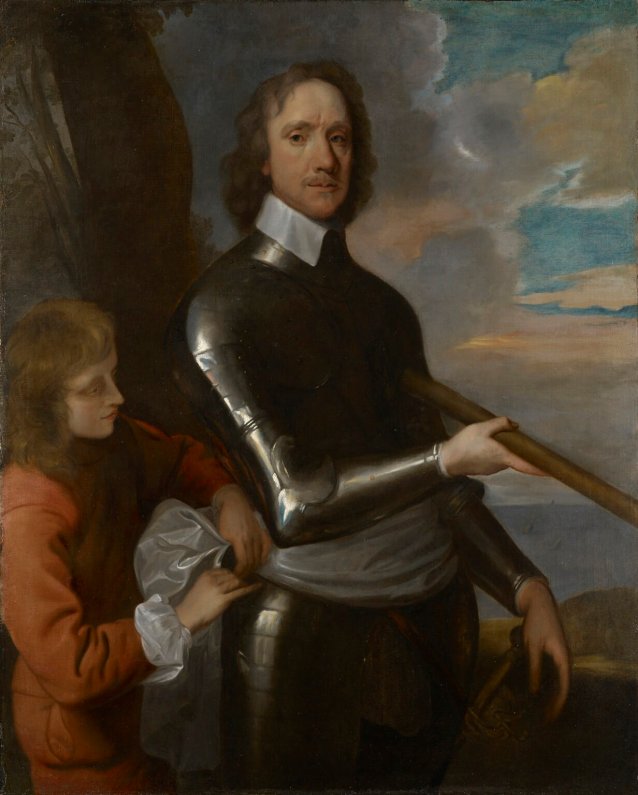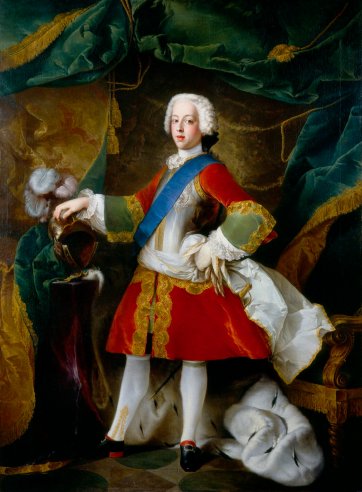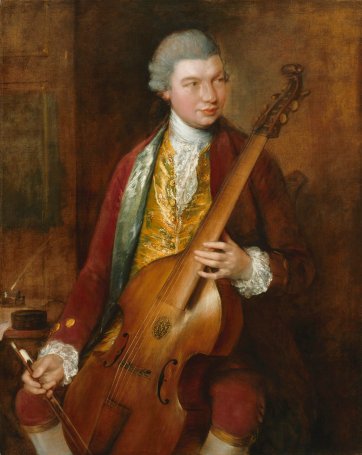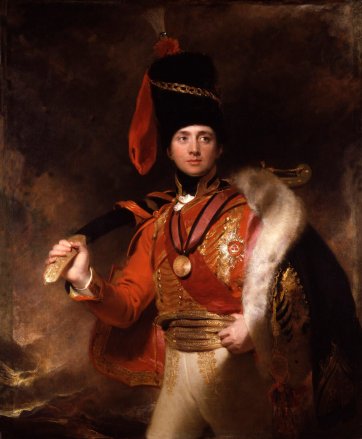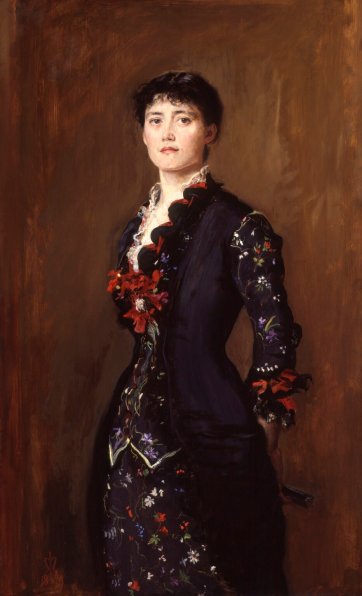Oliver Cromwell (1599–1658) rose from the position of a country gentleman to become a leading statesman, soldier and finally head of state as Lord Protector (1653–58). His strongly held religious beliefs as a Puritan led him to be distrustful of King Charles I. As the country descended into civil war, Cromwell emerged as a natural leader, and his military skill was a decisive factor in the Parliamentarian victory. He refused the crown in 1657, and his death left a power vacuum that could only be filled by the restoration of the monarchy in 1660.
This portrait was painted soon after the execution of the king in 1649 at a time when the new regime was searching for appropriate forms of self-representation. The solution provided by Robert Walker was to base Cromwell’s portrait on elements from Sir Anthony van Dyck’s portraits of Charles I’s court. Cromwell’s armour, baton and the sash being tied around his waist by an attendant were all symbols of military command, borrowed from the regime that he had just overthrown.
National Portrait Gallery, London
Transferred from British Museum, 1879
© National Portrait Gallery, London
